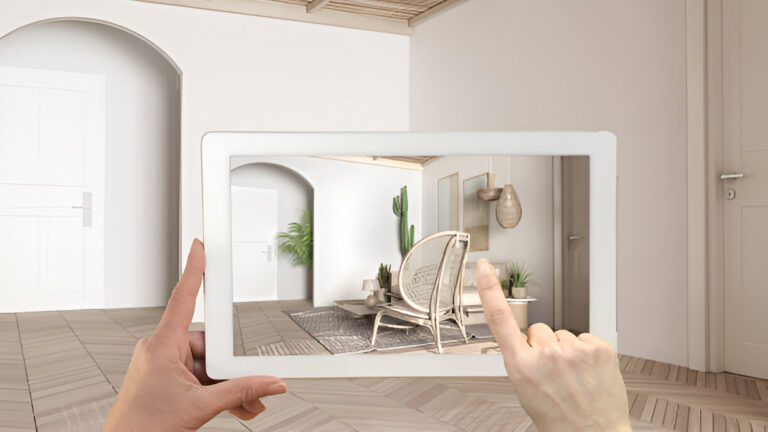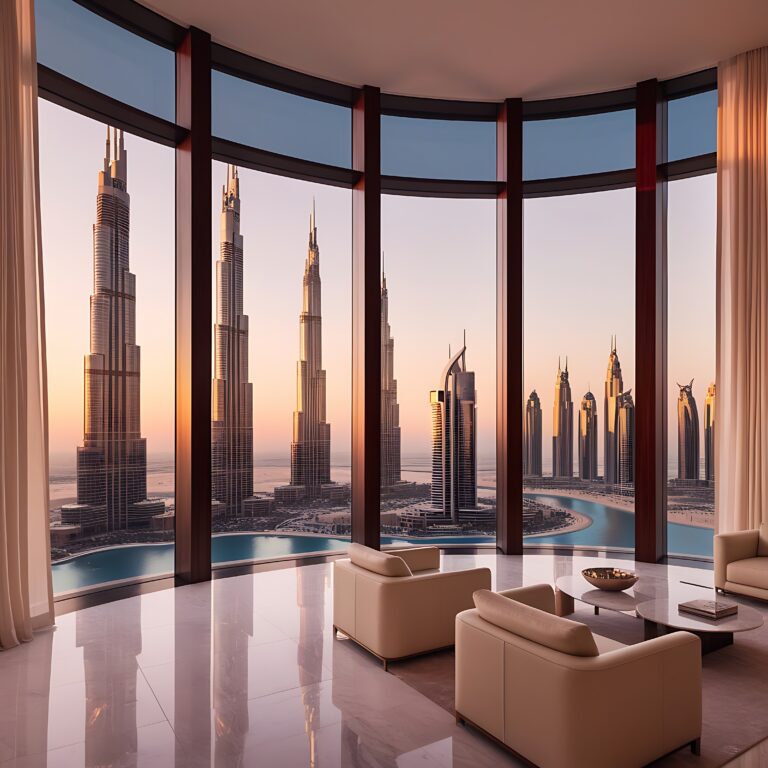Introduction
In the competitive fields of interior design, architecture and real estate, it’s vital to create progressive designs that stand out and withstand the test of time. This is where leveraging professional 3D rendering services can provide game-changing value. Advnced 3D interior rendering, 3D architectural visualization and 3D exterior rendering allow you to future-proof your designs in many ways. This in-depth guide covers how photorealistic CGI renderings equip you for long-term success.
Convey Details More Accurately than Ever
High-quality 3D interior renderings accurately communicate the most minute design details and specifications for spaces. This complete understanding ensures your vision is executed properly for years to come. Trying to convey such subtleties through 2D drawings or sketches leaves room for imprecise interpretations during implementation. Photorealistic 3D renderings remove all guesswork.
Reveal Design Flaws Before Construction
Skilled 3D artists and reviewers will identify imperfections in 3D architectural visualizations that could affect building performance down the road. For example, clashing components, awkward sightlines, problematic accessibility in 3D floor plans, weak points for excessive wear, and other issues. Fixing these early prevents degraded quality and saves enormous costs compared to correcting after construction.
Test All Angles with 3D Exterior Rendering
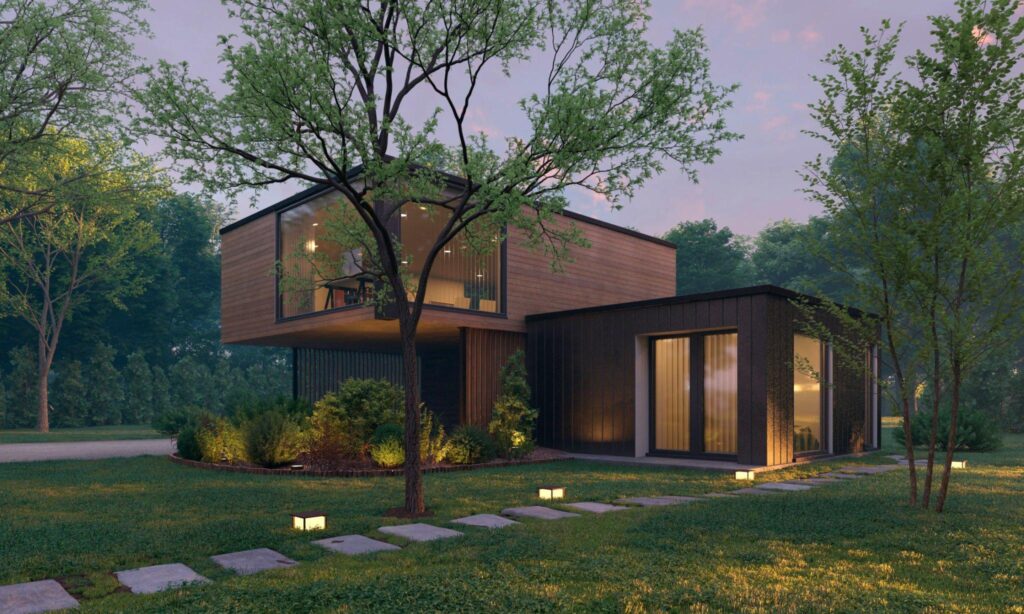
Looking at designs from every viewpoint is challenging with physical models. 3D exterior rendering allows endless vantage points to be evaluated digitally with lighting changes. This highlights potential usage problems from angles designers might not consider initially when focused on main perspectives. Any weaknesses spotted can be addressed before breaking ground.
Accommodate Future Upgrades in 3D Floor Plans
Thinking through likely upgrade paths allows designing proper provisions upfront in 3D floor plans. For example, extra conduit capacity, connection points for new sensors, physical space for additional components, etc. Renderings verify everything fits and functions properly after theoretical upgrades. This facilitates expansion vs. expensive retrofitting.
Evaluate Ergonomics Digitally with VR
Human factors are vital for efficient, comfortable spaces. 3D interior renderings allow simulating how different people will interface and move through the architecture. Collision detection ensures adequate clearance. Anthropometric data confirms heights and reaches work for intended users. Virtual reality adds an extra layer of experience.
Justify Design Decisions Visually
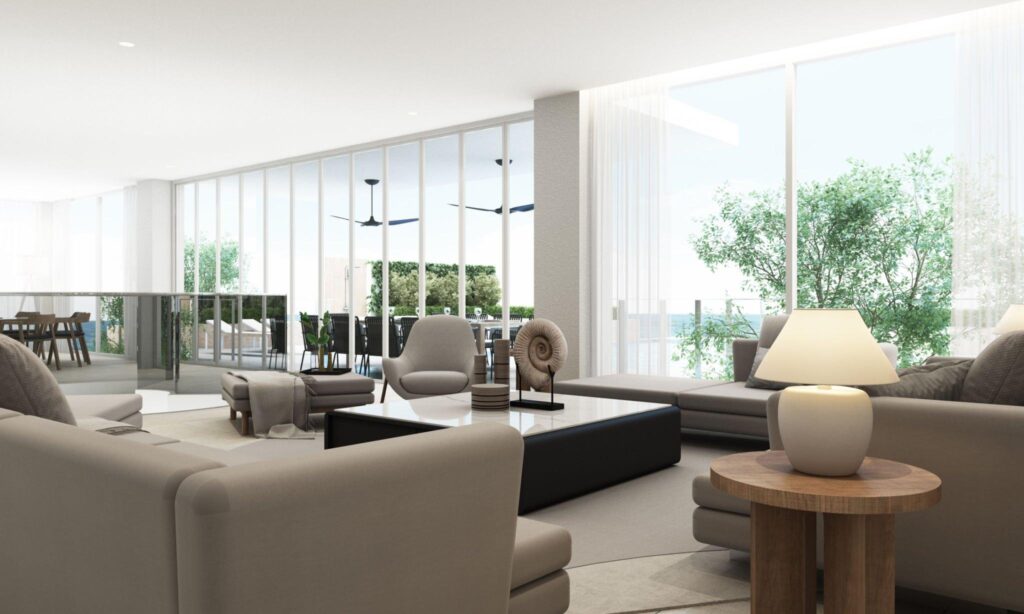
Using renderings to demonstrate why particular design choices were made prevents those aspects from being arbitrarily changed later by clients or contractors. Conveying the logic visually provides the context stakeholders need to trust the thinking behind key elements that may seem unnecessary on the surface.
Wow Clients with Hyper-Realistic Renders
Jaw-dropping 3D exterior renderings generate excitement and instill confidence in your vision. This makes clients, investors, shareholders and other stakeholders more likely to award projects and provide financing. Lackluster designs can deter them from moving forward even if technically sound.
Verify Code/Standards Compliance Digitally
Virtual walkthroughs and measurements confirm designs meet accessibility, sustainability, safety and all relevant building standards or certifications. Renders also check for clashes with existing infrastructure. This prevents costly post-construction retrofits and penalties.
Explore New Interior Materials Virtually
Renderings allow experimenting with forward-looking construction and interior materials virtually before utilizing them physically. This provides valuable learning about how new sustainable, high-tech or cost-saving materials interface with other design components.
Enhance Real Estate Listings Dramatically
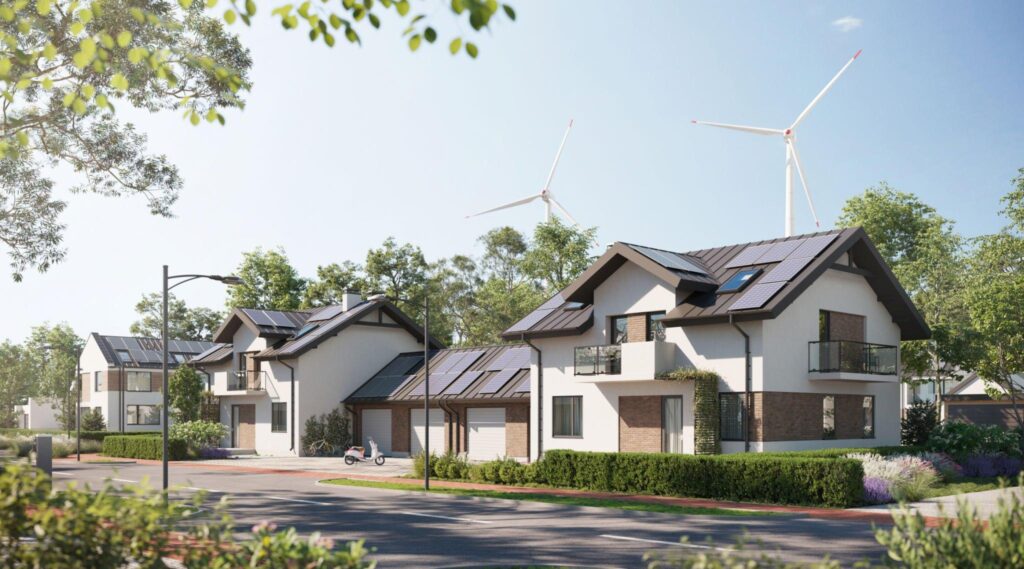
Imagine being able to showcase your luxury real estate listings through stunning 3D exterior renderings versus traditional photos. These hyper-realistic visuals allow potential buyers to fully experience properties digitally in ways impossible with 2D images. This drives more interest, foot traffic and higher sales prices.
Streamline Approvals with Precise Depictions
Getting designs approved by review boards and municipal agencies can involve lengthy back-and-forth. Photorealistic 3D architectural visualizations accurately and efficiently communicate every nuance needed to move projects forward. This prevents misunderstandings that delay approvals and construction.
Illustrate Context Realistically with 3D Streetscapes
Rarely do building designs exist in isolation. They must integrate with the surrounding environment harmoniously. Renderings allow designs to be placed into full environmental context. This reveals how light, weather, existing structures, terrain and other contextual factors impact the design.
Customize Views Strategically for Each Audience
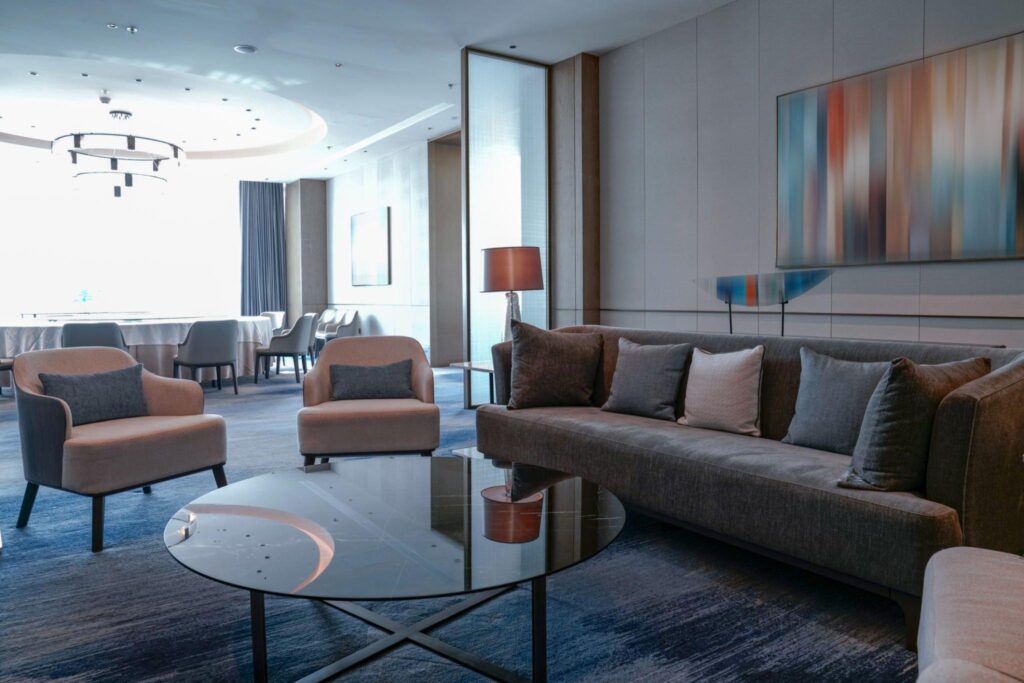
Simplified schematics are useful for communicating with certain audiences. But to evaluate designs comprehensively, realistic photographic 3D exterior renderings are necessary. Custom vantage points, exposures, cutaways and exploded views reveal fine aspects otherwise hidden in standard views.
Future-Proof Brand Reputation
Being an industry leader means pushing designs forward, not relying on stagnant tropes. Investing in advanced visualization demonstrates commitment to cutting-edge design. Clients recognize this reputation for future-focused vision leadership, reinforcing brand equity over the long term.
Conclusion
Any building, interior or real estate design worth constructing is also worth perfecting at the onset. Experienced 3D rendering partners provide the realistic visuals required to evaluate designs comprehensively for your specific niche. This future-proofs your architectural and interior design vision so that it holds up beautifully over time after implementation. Be sure to hire an established 3D firm with extensive photorealistic rendering expertise in your field. The investment offers tremendous long-term value for your brand.
Frequently Asked Questions
1. Why is 3D rendering valuable for interior designers?
3D interior rendering allows designers to convey subtle details and design intent more accurately compared to 2D drawings. It reveals flaws before construction and permits testing endless options digitally. This saves time and money while achieving designs that withstand the test of time.
2. How can architects benefit from 3D architectural visualization?
3D architectural visualization enables architects to evaluate designs from all angles, customize views for each audience, ensure code/standards compliance virtually, and illustrate context realistically. This leads to improved project outcomes.
3. What are some uses of 3D exterior rendering for real estate?
Real estate agents can dramatically enhance listings with 3D exterior renderings that showcase homes in far greater detail. It allows potential buyers to fully experience and connect with properties digitally, driving more interest and higher prices.
4. Why should I invest in 3D floor plan services?
Detailed 3D floor plans allow designing provisions to accommodate future upgrades seamlessly. Collision detection improves ergonomics and accessibility. Overall, it provides comprehensive understanding to execute designs properly.
5. How is CGI rendering different from traditional renderings?
CGI (computer generated imagery) is far more photorealistic than traditional renderings. It leverages advanced software and techniques to achieve stunning, cinema-quality visualizations that bring designs to life.
6. Can I get renderings delivered on a rush basis?
Many 3D firms offer expedited delivery options for clients on tight deadlines. Be sure to inquire about rush services and costs if needing very quick turnaround. Plan ahead as much as possible.
7. What software do 3D rendering companies use?
Leading firms use advanced tools like 3ds Max, Maya, V-Ray, Corona, Blender, Lumion and more. These provide realistic material textures, lighting and environmental effects.
8. How can I ensure high-quality 3D renderings?
Review portfolios to verify expertise in photorealistic work. Provide detailed design files and feedback. Hire companies focused on your niche with proven records of excellence.
Alex Smith is a content writer at RealRender3D, writing informative articles on 3D rendering, interior design, architecture, and related topics.
With over 15 years of experience at top UK architecture and interior design firms, Alex leverages his expertise to write engaging content educating readers on AEC industry trends and best practices.
Connect with Alex at alex@realrender3d.co.uk.





